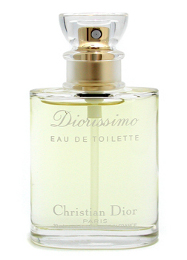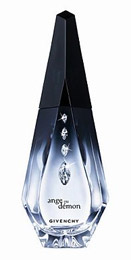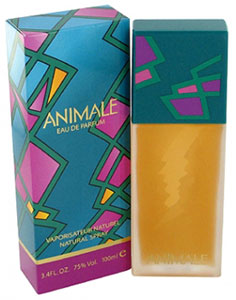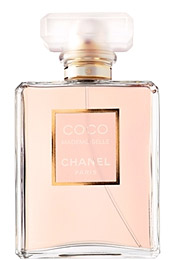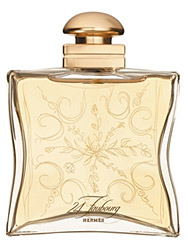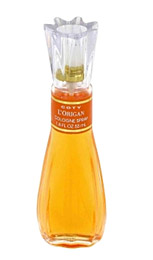Happy April Fools Day. I only wish I was joking about the prices talked about in this post! No, I can’t be so frivolous as to drop the cash down for a Clive Christian fragrance. Not a full bottle anyway. My wallet is still hurting a bit from the tiny amount I do have just so I could sneak a sniff of one of Clive’s most fabled elixirs.
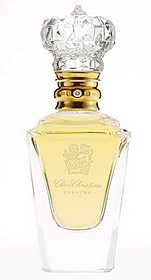
No. 1 for Men
In Bottle: Citrus and green with a dash of pepperiness thrown in there for a hint of spice. I smell vetiver, and a bit of something herbal. Rather complex from the get go with a distinctive vintage vibe to it. Very nice!
Applied: Starts off on a crisp, sharp lime note with an exotic blend of crushed spices taking the sharpness up a few more notches but never really letting it get out of hand. It makes a good first impression anyway. The fragrance has multiple layers of complexity and is one of those, “So many things I can’t separate them” stories. I’ll try my best through. The fragrance ages into the mid-stage with a steadily amping set of florals. I get jasmine for the florals, a hint of sophisticated rose. It is so well-blended that I can’t pick apart notes and frankly, I don’t really want to pick apart notes. The mid-stage is marked with a beautifully lush bouquet of florals. It is full and heady, with the spiciness that only serves to amplify the florals further. The mid-stage is where I really get that vintage feel. This smells like it belongs in the age of perfume greats. A time when Coty was more than celebrity perfumes and body mists. When Guerlain was family-owned and pumping out fragrance after fragrance of utter beauty. When Chanel No. 5 was how an elegant woman should smell instead of the old granny perfume it’s now known as. That’s what No. 1 for Men is. It’s actually a really pleasant trip to a time where I didn’t even exist. As No. 1 for Men dries down there’s a falling off of the florals but they never truly leave. I get a bit of the vetiver that I got in the bottle settling in at the bottom giving the florals a bit of extra boost as the fragrance digs itself out, leaving you with a faint air of lingering florals, a blend of woods, and a hint of dry vetiver.
Extra: Clive Christian acquired an old perfume house, Crown Perfumery, in 1999 and they have been coming out with stuff like this since. Clive Christian’s No. 1 fragrances are known as the most expensive in the world. This was a title that was once held by Joy by Jean Patou. These days, Joy is much more affordable and sanely priced. As for Clive Christian’s No. 1, it’s price goes up every year. The pure parfum presently sits near $2,500 CAD (Noted on Saks).
Design: As to be expected, the bottle is impeccably designed. In fact, most of the gush I found on this perfume was people talking about the packaging. For $2,500 I would certainly hope the packaging is worth it. One interesting thing to note is the crown design on the stopper was approved by the queen way back in the day. All I can tell you is, this is made of lead crystal, is flawless, glitters, the stopper has real gold on it, the stopper also has a diamond in it for goodness’ sakes. It looks great but imparts a sense of incredulity in me coupled with mild embarrassment. What else did I expect? I mean, it’s a $2,500 bottle of perfume. There is a similar iteration of the bottle design called Imperial Majesty which had better contain the hapless souls of lesser perfumes because the thing costs $215,000 USD.
Fragrance Family: Spicy Floral
Notes: Bergamot, lime, mandarin, grapefruit, cardamom, nutmeg, caraway, artemesia, lily of the valley, jasmine, rose, iris, heliotrope, ylang ylang, cedar, sandalwood, vetiver, amber, tonka, musk.
Here’s the problem with this fragrance and its price point. For most of us, the $1000+ price tag is a major deterrent and the fine folks at Clive’s house know this. They purposefully price this fragrance way out of range to appeal to those wealthy enough to approach this fragrance and casually wave the money out of their wallets. For the rest of us schmucks, digging around in the dirt, we use testers. I judged this fragrance not according to just its scent, but according to its worth as a fragrance in comparison to its price.
To me, the juice in No. 1 for Men is no better than a vintage fragrance. It is certainly no match for an Amouage attar, a vintage Guerlain, or a natural blend from Aftelier. You are better off spending your money elsewhere. And while all of the alternatives I listed are expensive, they are not $2,500 expensive if you care about the juice inside. This is a very competent fragrance with a beautiful old world soul that I don’t see enough of anymore. But is it worth the price? Honestly? In my opinion, no. I go nuts for perfume, but I draw my cash line somewhere. And that line is no where near the thousands.
Thankfully, if you just have a hankering to smell the fragrances with no desire to own the exclusive bottle, there is a travel set that (as of this writing) sells for $310USD. There are three fragrances included (1872, X, No. 1 each bottle is 10ml)–paltry amount for $310, but this is the house that puts out perfume which requires you to take out a mortgage in order to afford.
Reviewed in This Post: No. 1 for Men, 2010, Parfum.




